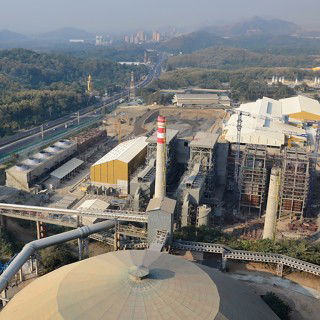One of the pathways to a more sustainable cement industry is the reduction of the clinker factor in cement. The use of thermally-activated clays not only reduces the clinker content but also lowers CO2 emissions as a result of dihydroxilation instead of dicarbonation and other energy savings. By Dr Carlos Aramburo, Carlos Aramburo Consultant, Colombia; Luiz Felipe de Pinho, Dynamis, Brazil; Dr Rafael Talero, SACACH SL, Spain, and M Pilar de la Torre, Carlos Aramburo Consultant, Spain.
Currently, the cement industry is working on the search and use of new supplementary cementitious materials (SCMs) that allow a significant reduction in the clinker factor in cement. This has led to the use of thermally-activated clays for industrial-scale manufacturing because of the high pozzolanic reactivity and quality required. In addition, the cement producer can maintain control over production capacity and quality. New technology to produce activated clays represents an industrial development that will result in greater sustainability in the cement industry, not only due to the considerable reduction of CO2 emission levels to 70 per cent when compared to Portland clinker production, but also due to an important reduction in energy consumption.
